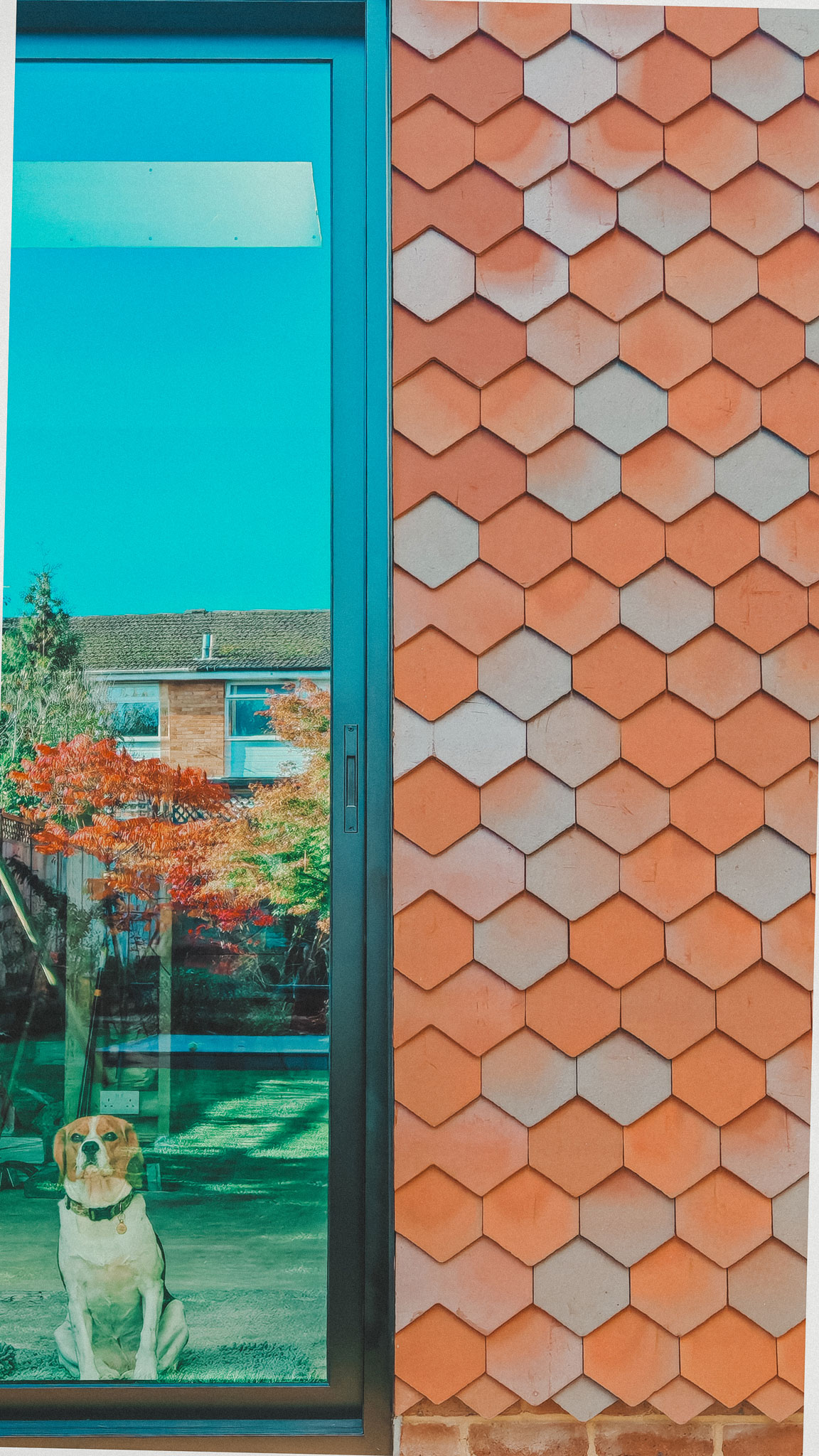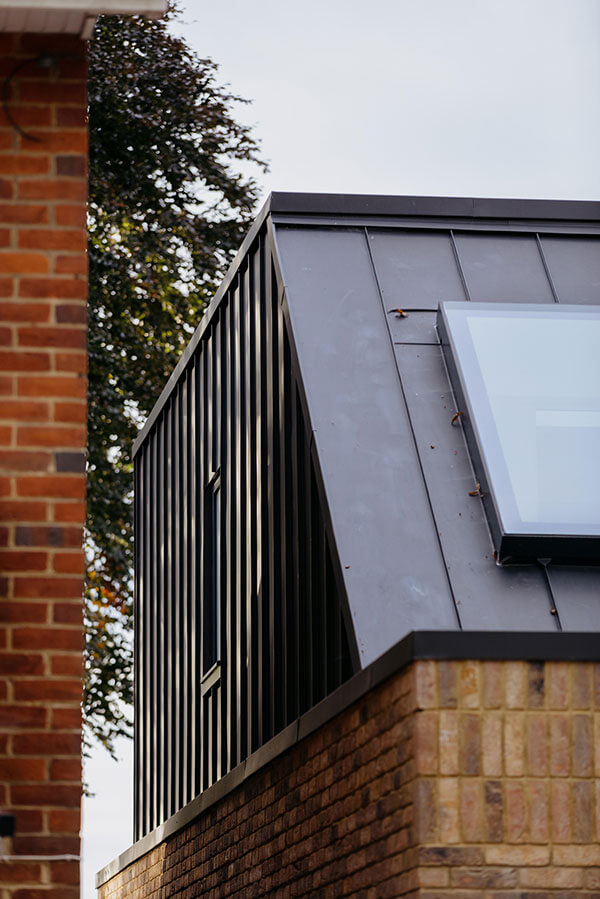
We get it—planning applications don’t exactly scream excitement. But if you’re thinking about extending your kitchen, converting your loft, or finally building that garden studio you’ve been dreaming of, then understanding householder planning applications is essential. The process might feel a bit like navigating a maze at first, but once you know the basics, it’s much easier to get your bearings (and avoid costly mistakes).
So, let’s dive in and make sense of it all.
A Quick Bit of Background
The modern planning system we use in England really took off after World War II with the Town and Country Planning Act of 1947. That piece of legislation was designed to help shape development in a way that protected communities and the environment while still allowing growth.
Fast-forward to today, and while the rules have evolved, the same core idea remains: balance progress with protection. In other words, making sure our homes, towns, and countryside are developed thoughtfully, sustainably, and in ways that serve the public good.
If you want to explore the history in more detail, the Planning Portal has a great overview of how the system works today.

So, What Exactly Is a Householder Planning Application?
In simple terms, it’s the type of planning application you’ll need to submit if you want to alter or extend your home in a way that goes beyond permitted development rights.
Examples include:
- Building a rear or side extension
- Adding a loft conversion with dormer windows
- Constructing a porch or garden building that’s too large for permitted development rules
- Changing the shape of your roof
- Installing large bi-fold doors that affect the external structure
Essentially, if your project alters the outside of your home in a meaningful way, chances are you’ll need to submit a householder application. You can check if your idea needs one using the Planning Portal’s interactive guide.
Key Parts of the Planning Puzzle
Here’s a breakdown of the planning system in bite-sized chunks:
- National Planning Policy Framework (NPPF)
This is the government’s big-picture rulebook for how development should happen. It covers everything from sustainability and housing growth to protecting heritage and green spaces. You can read it in full on the GOV.UK website. - Local Development Plans
Your local council uses the NPPF to create their own set of policies, known as the Local Plan. This sets out where housing, schools, shops, and infrastructure should go in your area. If you’re curious, most councils publish their plans on their websites—check out Kent County Council’s planning pages as an example. - Planning Permission
The star of the show. Planning permission is the official approval you’ll need for most changes to your property’s external appearance. A householder planning application typically involves submitting scaled drawings, site plans, and sometimes even a design statement. - Conservation Areas & Listed Buildings
If your home falls into one of these categories, there are extra hoops to jump through. Conservation areas aim to preserve the look and feel of special neighbourhoods, while listed buildings protect architectural heritage. You can search whether your house is listed via Historic England. - Environmental Impact Assessment (EIA)
Not something most homeowners need to worry about (these are usually for large housing or commercial schemes), but worth noting. EIAs assess how a project could affect things like wildlife, air quality, and local communities. - Appeals
If your application is refused, don’t panic. You can appeal to the Planning Inspectorate, an independent body that reviews the case.

How the Application Process Works
- Do Your Homework
Start by checking if your project falls under permitted development rights. If it does, you may not even need planning permission. The Planning Portal’s mini-guides are brilliant for this. - Get Your Drawings Ready
You’ll usually need professional architectural drawings showing the existing layout and the proposed changes. Even if your project feels small, clear and accurate drawings can make the process much smoother. - Submit Your Application
Applications are usually made online through the Planning Portal. You’ll need to provide drawings, a location plan, and the application fee (currently £258 for a householder application in England). - Consultation
Once submitted, your local council will publicise your application. Neighbours can comment, and sometimes local groups will weigh in too—particularly in conservation areas. - Decision Time
Councils generally aim to make a decision within 8 weeks. You’ll either get approval (sometimes with conditions) or a refusal with reasons explained.

Common Challenges Homeowners Face
The planning system has a bit of a reputation for being complex—and sometimes frustrating. Here are a few of the hurdles you might come across:
- Housing Shortage
There’s huge pressure to deliver more housing in England, and local planning authorities are often balancing big-picture housing needs with protecting neighbourhood character. - Infrastructure Gaps
Building more homes also means we need better transport, schools, utilities, and healthcare. Planning tries to tackle these wider needs, but it can cause delays. - Local Pushback
Neighbours can and do object to applications, particularly if they’re worried about things like loss of light or changes to local character. - Climate Change
Planning plays a massive role in how we reduce carbon emissions. Councils increasingly expect projects to include eco-friendly measures such as high-performance insulation, green roofs, or sustainable drainage systems. Check out RIBA’s Sustainable Outcomes Guide for inspiration.
What’s Changing in Planning?
There’s plenty of talk about reforming the planning system to make it quicker, clearer, and more community-focused. Some of the hot topics include:
- Simplifying the Process
Cutting down on paperwork and red tape so that homeowners and developers can move projects forward faster. - Better Community Engagement
New tools and digital platforms are making it easier for locals to have their say. This means councils are putting more emphasis on transparency and collaboration. - Tackling Affordability
With housing affordability at crisis levels, government policies are being adjusted to encourage genuinely affordable housing delivery. - Stronger Environmental Focus
Expect a bigger emphasis on low-carbon design, biodiversity, and building resilience into developments. Groups like UK Green Building Council are pushing for greener policy at every level.

Final Thoughts
While householder planning applications can feel like a headache at first glance, they’re ultimately there to ensure that development happens in a way that benefits everyone—homeowners, neighbours, and the wider community.
If you’re dreaming about your next home project, take the time to understand whether you’ll need to go down the planning route. Arm yourself with the right information, get professional help where needed, and don’t be afraid to ask questions along the way.
After all, the best home projects don’t just make your house more functional or beautiful—they also contribute positively to the place you live.
For more detail, the Royal Town Planning Institute is a great resource, and if you want design inspiration for your interiors once planning is sorted, try Dezeen or Elle Decoration.
So next time you hear the phrase “householder planning application,” don’t roll your eyes—think of it as the first step towards making your dream home a reality.
Let's Talk About Your Project
If you have a project in mind — or even just an idea — why not get in touch? We’d be happy to chat about how we can help you design something that works beautifully for your life and the planet.
Drop us a line at info@felixlewisarchitects.com, and let’s set up a time to talk.
